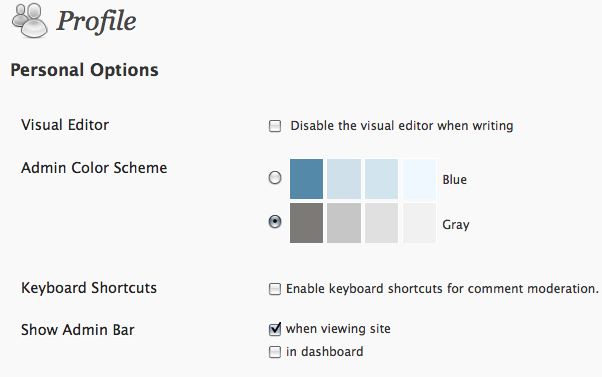For the modern American college student, having easy access to the Internet is a necessity for both your studies and social activities. However, many American students live off campus where a university computer network is not readily available. Therefore, acquiring Internet access from a service provider is crucial. Here are some options:
Types of Internet Service
Satellite
This type of service is pretty straightforward. Your Internet service is provided from a signal that’s sent via satellite. Satellite tends to be just as reliable as DSL or Cable, with the exception of inclement weather. However, phone lines and cable lines are not found everywhere but satellite can be set in any location.
Dial-Up
For those who are willing to wait a couple of minutes for the internet to load, don’t use the phone line often, or tend to use the internet more on campus, then having a dial-up service is useful for the convenience of having internet at a lower cost than its satellite, cable, or DSL counterparts. Internet Service requires a phone line and an Ethernet cord. However, when one uses dial up to access the Internet your phone line will be disabled unless your housing has multiple phone lines.
DSL
DSL also uses phone lines like dial-up for internet access but unlike the latter; having the additional phone service is not required. However its availability is not as widespread like other Internet providers. However, when this type of service is available, the speed is comparable to its satellite and cable counterparts.
Cable
This type of Internet service uses the cable lines that are installed underground and within the walls of your housing. If you have a TV, you can opt for a cable-internet package, which can be less expensive than buying the services separately. Very common and its reliability is on par with its DSL and Satellite counterparts.
Speed vs. Cost Analysis
High Speed Internet access options for American students are many. If you are a student who likes to open multiple browser windows or use multimedia often, a higher bandwidth speed would be beneficial. However, having a higher Internet speed will also mean a higher bill at the end of the month. Also, if you are living with roommates, having Internet access with a higher bandwidth might be a necessity.
However, living with some roommates will keep the costs down and within budget, even with a higher bandwidth speed. It is a possibility that your college or university might have some information on what Internet service provider previous students favored and if certain providers provide discounts for students at your institution.
About the author: Firespin Jay is a Tech and Eco writer and enthusiast also enjoys chucking big fiery balls around attached to chains. Come and converse with me on my broadband twitter page @FirespinJay chat soon.
